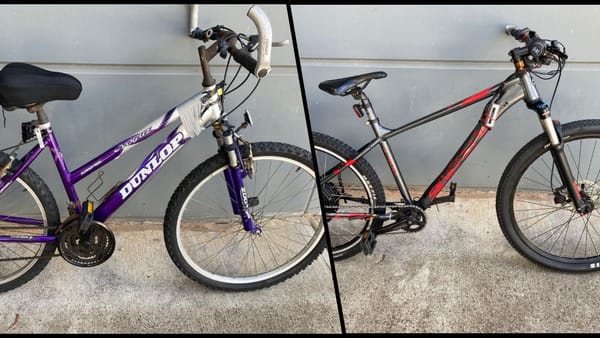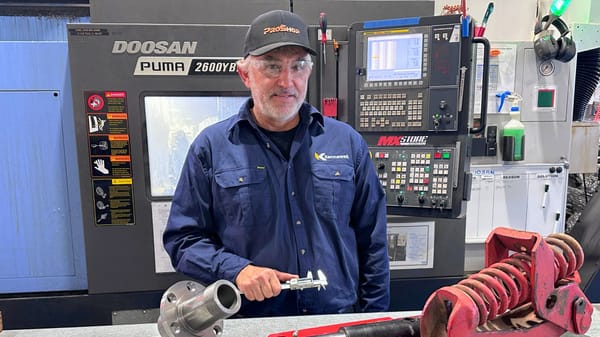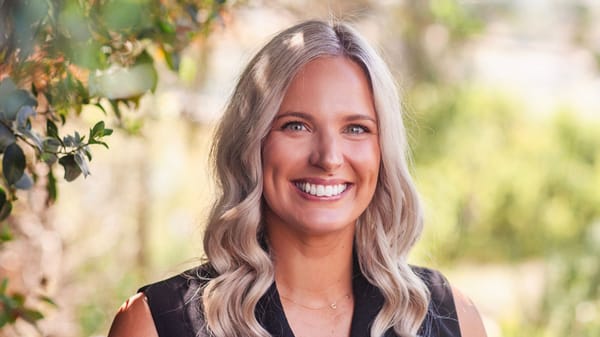'We need the rest of Australia to stand up': black lives matter here, too, campaigner says
Aboriginal people are over-represented in prison populations at Mobilong and elsewhere.

This story was originally published behind Murray Bridge News’ paywall. Paywalled stories are unlocked four weeks after publication. Can’t wait that long? Subscribe here.

The images of a police officer kneeling on George Floyd's neck, and of the protests and crackdowns that have followed across the United States, have shocked Australian audiences during the past fortnight.
But can we claim to be much better?
Here in our own backyard, 20 per cent of inmates at Mobilong Prison self-identify as Aboriginal, according to the Department for Correctional Services.
Across South Australia, Aboriginal and Torres Strait Islander people are 12 times more likely than the general population to be in prison, making up 23.8% of the state's prison population at the end of last year but only 2.5% of the overall figure at the last census, according to the Australian Bureau of Statistics.
Add it all up and it becomes clear that injustice is not a uniquely American experience.
In fact, Aboriginal and Torres Strait Islander people were “the most incarcerated people on Earth”, said Cheryl Axleby, chief executive officer of the Adelaide-based Aboriginal Legal Rights Movement and co-chair of the national Change the Record campaign.
“We know the pain of black Americans because it's a pain we feel as Aboriginal and Torres Strait Islander people in this country,” she said.
“We've had 432 Aboriginal people die in custody since the 1991 Royal Commission (into Aboriginal Deaths in Custody).
“The shooting of Kumanjayi Walker in his own house (in the Northern Territory in November) was the first time we've had a police officer charged with murder in this country, with all those deaths.
“There's been no accountability and no justice in Australia.”

One recent effort to change that has come through the Change the Record campaign, which has called on Prime Minister Scott Morrison to:
- Change bail, mandatory sentencing and public drunkenness laws
- Raise the legal age of responsibility from 10 to 14
- Introduce independent oversight for police and deaths in custody
- Implement the recommendations of the 1991 Royal Commission into Aboriginal deaths in custody
- Enact an optional protocol to the United Nations Convention Against Torture which sets standards for inspection of detention facilities
Ms Axleby particularly highlighted the push to keep young children out of the corrections system – something that would benefit all families, not just Aboriginal ones.
“Brain development in children between the ages of 10 and 14 gives them the tools to make decisions and think about the consequences of their behaviour,” she said.
“Once children that age come into the system it's very difficult to direct them away.”

Prison department acknowledges the problem
Improving outcomes for Aboriginal and Torres Strait Islander offenders is an official objective of the Department for Correctional Services.
Its strategic plan for 2018-22 includes references to reducing the over-representation of Aboriginal and Torres Strait Islander offenders in the corrections system, becoming an employer of choice for Aboriginal and Torres Strait Islander people, and addressing the specific needs of Aboriginal prisoners.
The department's Aboriginal services unit holds forums for Aboriginal inmates inside a different prison every six weeks, invites Aboriginal elders to visit Mobilong and other prisons every month, and offers several specialist programs to Aboriginal prisoners.
The ALRM had delivered rehabilitation programs for prisoners at Mobilong, Ms Axleby said, as well as supporting people at court appearances and assigning case workers to inmates prior to their release into Murray Bridge or other communities.
Since October the organisation has been funded to support ex-prisoners for up to two years after their release.
She encouraged Aboriginal families in Murray Bridge and surrounds to contact the ALRM whenever they had dealings with the justice or child protection system, at the earliest opportunity.

What can white Australians do to help?
The recent protests in the US have brought more non-Indigenous Australians' attention to bear on the issue, Ms Axleby said – but what could they do to help?
Building a “critical goodwill” for reform was important, she said.
That meant using petitions and other means to make politicians aware that the rate at which Aboriginal Australians were imprisoned needed to come down, and that contributing problems such as poverty and a lack of appropriate housing needed solving.
“We need the rest of Australia to stand up and say ... we need to address these issues in our own backyard,” she said.
Recent media attention, prompted by the situation in the US, had helped, she said.
“People are becoming more informed and vocal that this is not acceptable in our country,” she said.
- More information, sign Change the Record’s petition: changetherecord.org.au.
- Contact the Aboriginal Legal Rights Movement: Visit www.alrm.org.au or call 8113 3777.
Photos: Change the Record.





